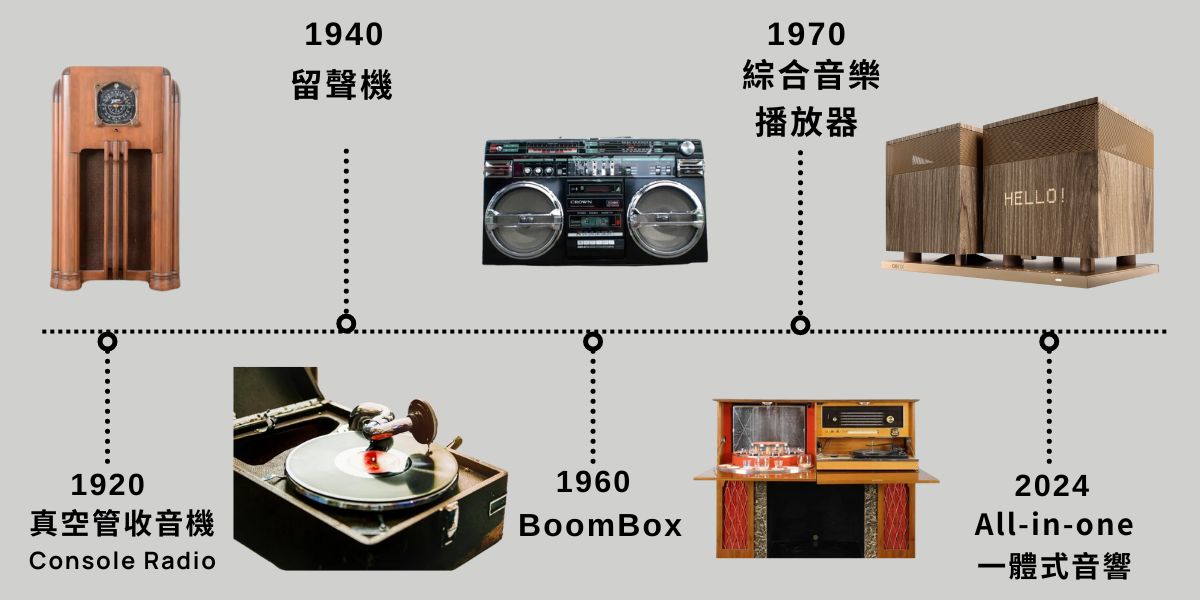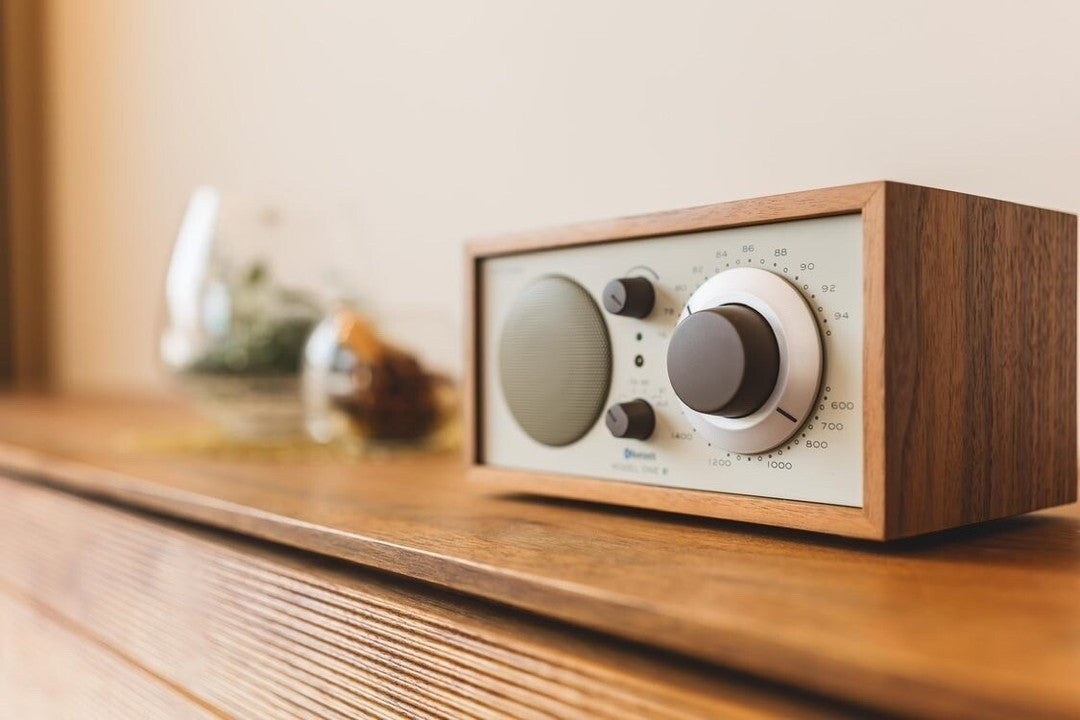

Table of content
No matter if you're new to audio or a seasoned enthusiast with multiple devices, you've probably heard of Hi-Fi and know that it comes from the English term High Fidelity. Hi-Fi, in simple terms, is about aiming for the music heard from playback devices to sound just like what you'd hear live. But do you know the origin and history of Hi-Fi? In this article, we'll introduce the origin of Hi-Fi, so those unfamiliar with it can have a brief understanding as well as why DUET MK3 embodies the spirit of Hi-Fi in an all-in-one audio system.
Hi-Fi Began with the Commitment to Reproducing Classical Music

In the 1920s, Bell Laboratories initiated a series of sound technology experiments, initially recording performances of the Philadelphia Orchestra using optical recording via telephone lines. By the 1930s, amateur violinist Avergy Fisher began refining the sound quality of radios, striving to make them sound as if one were listening to a live symphony orchestra performance.
1940s: Major Advance in Acoustics and Manufacturing Technology After-World War II
After World War II, the reel-to-reel tape recording technology in Germany allowed renowned singers and musicians of the time to produce higher-quality recordings. Despite the capability of reel-to-reel to produce relatively superior sound quality, tapes were not cheap back then. Concurrently, the LP (Long Play) record market saw the emergence of the 33⅓ rpm (revolutions per minute) technology post-war. This innovation reduced surface noise on records and improved the equalization curve, attracting classical music enthusiasts to embrace the LP market. Even today, analog recordings from turntables remain the most authentic and warm audio source for many.
During this period, advancements were also made in amplifier and speaker technology, exemplified by the renowned acoustic suspension design by Edgar Villchur and Henry Kloss.

(Henry Kloss is also one of the founders of Tivoli Audio, with the Model One Bluetooth radio being one of their most popular and enduring classic products since its introduction in 2000.)
1950s: The Golden Age of Hi-Fi
In the 1950s, audio equipment manufacturers promoted Hi-Fi, emphasizing their ability to deliver high-fidelity sound. Indeed, compared to the then "standard" AM radios and 78 RPM turntables, some manufacturers showcased significant sound quality improvements through recording technology advancements, such as RCA's New Orthophonics and London's FFRR. Towards the end of the 1950s, the development of Westrex single-groove stereo records ushered in the next wave of audio, gradually replacing Hi-Fi.
Nevertheless, many audiophile still preferred assembling individual components like preamplifiers, power amplifiers, and speakers.

1970s: Emergence of Integrated Music Systems
Integrated music center combining turntables, AM/FM, tape players, preamplifiers, and power amplifiers became popular, allowing casual music lovers to enjoy good sound quality without the need to select and assembling individual components.

What Exactly Stands for “Hi-Fi” Nowadays?
Gear Patrol interviewed seven industry heavyweights, and here are some excerpts of their thoughts:
McIntosh Group's CEO Charlie Randall believes that Hi-Fi describes audio equipment's ability to reproduce various types of recordings, such as CDs, vinyl, or streaming, with minimal distortion, low signal-to-noise ratio, dynamic range, and channel separation.
Audioengine's co-founder Dave Evans suggests that Hi-Fi is a continuously evolving goal, with audio quality largely dependent on the original recording.
Another co-founder, Brady Bargenquast, adds that wireless and streaming technologies have improved the Hi-Fi ecosystem, making streaming sound great in most cases.
Cambridge Audio's CEO James Johnson-Flint highlights that Hi-Fi revolves around what is being played and what is used to play it, with any CD or higher-quality source capable of delivering excellent auditory experiences when paired with appropriate equipment.
Why DUET MK3 is a Hi-Fi Spirited All-in-one System
We can infer from the history that there are Hi-Fi consist of the two following elements
Hi-Fi pursues immersive sound reproduction, minimal distortion, and maximum fidelity.
Audiophiles prefer to buy individual components for future upgrades or repairs, continuously seeking better sound quality.Hi-Fi pursues immersive sound reproduction, minimal distortion, and maximum fidelity.

In terms of specifications, the MK3's drivers came from Danish manufacturer, featuring exclusive dual-ring radiator diaphragms and waveguide center plugs, usually found in high-end floor-standing speakers.
Regarding real sound reproduction, the DUET MK3 is one of the very few integrated systems with a 2.1 channel design. Unlike most all-in-one systems with only a single speaker box on the market, DUET offers better sound separation and performance, avoiding cramming all drivers and electronic components into a single room, thus delivering exceptional 360-degree soundstage and realistic stereo effects.
Nowadays, living spaces are becoming smaller. While traditional individual audio equipment indeed embodies the spirit of Hi-Fi, itdoesn't align with the practical living situations of most people. It would be a shame to abandon the pursuit of stereo sound, immersive soundscapes, and high-quality audio simply due to space constraints. The birth of DUET MK3 aims to address this dilemma.
Click here to explore DUET MK3's listening points. It offers an affordable Hi-Fi audio solution without the burden. You deserve to have it.




